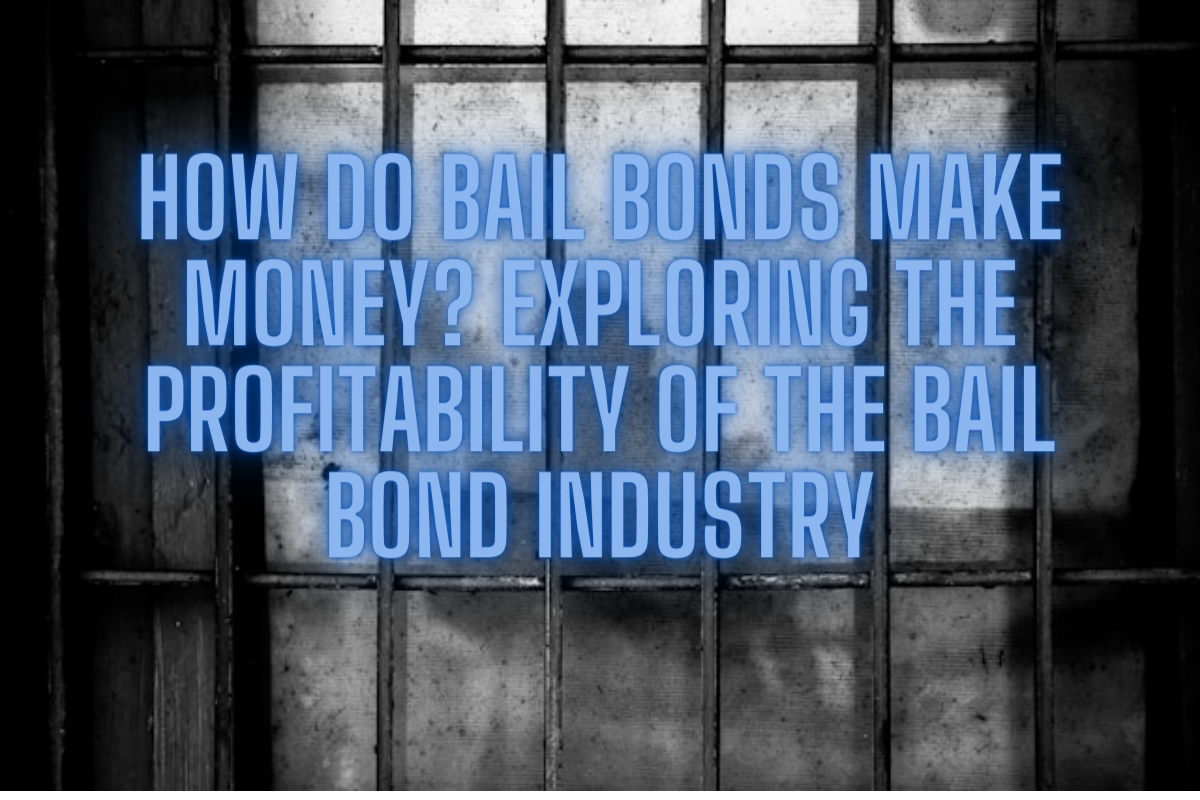BY |
The bail bond industry is a crucial component of the legal system. They offer financial support to those who have been arrested and cannot afford to pay the full bail amount. But how exactly do these companies make a profit? How can they afford to continuously help people cover the cost of bail? In this article, we’ll be exploring the profitability of the bail bond industry and how these companies secure funds and generate revenue.

How Do Bail Bonds Make Money?
Bail bonds typically make money by charging defendants a non-refundable fee. The fee secures the defendant’s release from jail, and the money is used to pay bail bond agents and any additional services that they may require.
The maximum fee in California is 10% of the full bail amount. In other states, this value may be different which ultimately affects the profitability of the bail bond industry. For example, Alaska has no maximum set for bail bond premiums, and states like Nevada have a limit of either 15% or $50, whichever is greater. In some states such as Kentucky or Illinois, commercial bail bonds have been abolished, meaning the bail bond industry does not exist in those locations.
The bail amount is considered an expense by the bail bond agency. Thankfully, the bail money is returned to whoever paid it once the defendant appears in court as per the arrangement. This means that no matter how high the bail amount is, it will be returned to the bail bond company eventually. However, it does mean that a bail bond company will need some level of investment to post bail if they want to take on multiple clients at once.
How Profitable Are Bail Bonds?
As with any business, the profitability of a bail bond company can vary greatly. In states such as California where there is a 10% maximum bail bond premium, it can be quite profitable assuming a bail bond company has enough capital to take on multiple clients at once.
However, bail bond companies do need to consider the risk factors involved as well. For instance, some clients may be more risky to take on due to a history of bond forfeiture or avoiding their court date. In a case like this, the bail amount will not be returned to the bail bond company because the defendant failed to appear.
In addition to forfeiting the bail amount, a bail bond agency may need to spend money on hunting down the defendant in order to collect the bail amount that they lost.
Conclusion
While bail bond companies can be profitable, it requires good risk management and a strong reputation in order to be successful. In addition, a bail bond company must have a sizeable amount of capital to pay large bail amounts for multiple clients at once.

